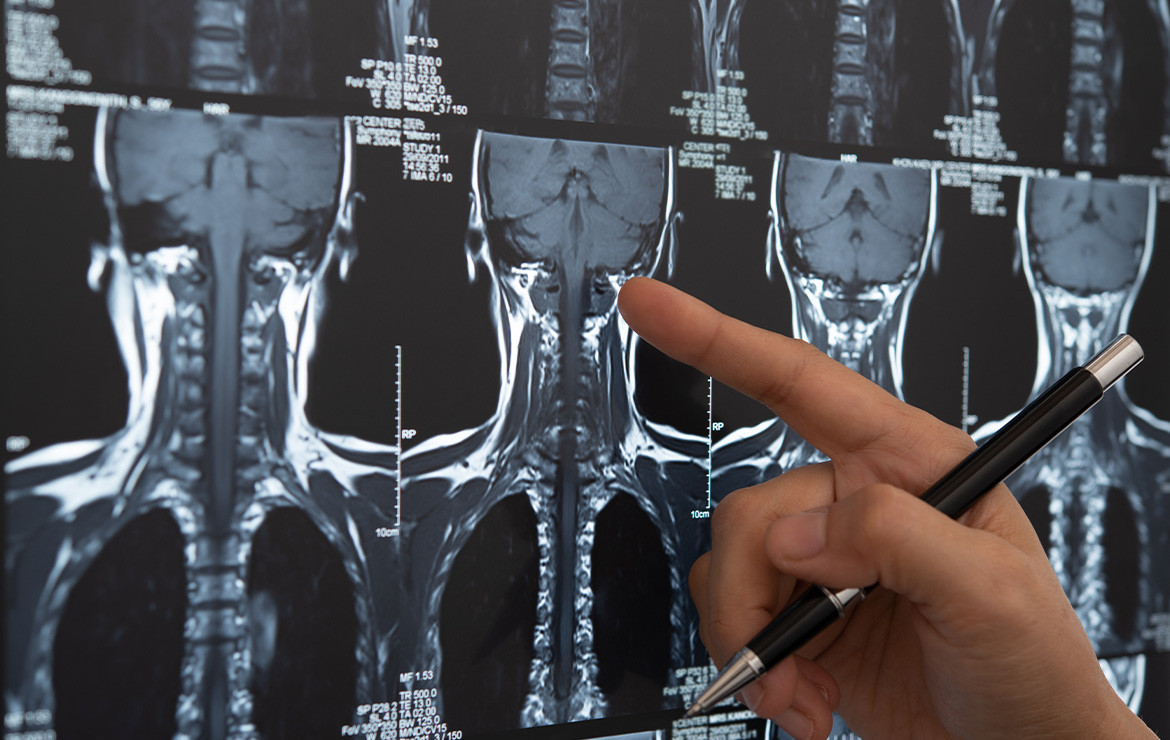How Mobile Imaging Services Can Improve Home Health Care

As the world around us quickly advances with new technology, the medical field must evolve at a comparably fast rate. One fundamental way healthcare professionals do this is through mobile imaging services. These mobile imaging services allow the treatment of patients via remote locations, improving comfort and convenience for those unable to access typical clinical care centers due to location or health issues. The number of people receiving healthcare from these remote sources is steadily increasing, so much so that the global mobile imaging services market is predicted to reach a colossal $2.2 billion by 2026*, according to data collected by Market Research Future. Utilizing the latest and greatest technology can help significantly improve healthcare delivery. In this article, we will explore how mobile imaging services can benefit home health providers and their patients.
Which Companies Are Leading the Way?
Mobile imaging services are becoming more commonplace in many healthcare settings, allowing diagnostic images such as X-rays, CT scans, and MRIs to be taken on-site rather than having the patient go to a hospital or other facility. This means that patients can receive a timely diagnosis from their provider without leaving their homes, which is especially beneficial for disabled patients who have difficulty traveling long distances. Furthermore, mobile imaging services can reduce costs associated with traditional imaging methods since they do not require an expensive machine or additional personnel.
Mobile imaging is a game-changer in managing workers’ compensation cases. It has revolutionized remote medical treatment access for injured workers, enabling physicians to quickly and easily make well-informed decisions about patient care.
The benefits of mobile imaging are:
Increased accuracy of diagnosis
One of the primary benefits of mobile imaging is that it can help to increase the accuracy of diagnosis. With mobile imaging, doctors and other healthcare professionals can take high-quality images of injuries, which can be used to make a more accurate diagnosis. This is especially beneficial in cases where the injury is not clearly visible, such as internal bleeding.
Increased Productivity
Mobile imaging can help increase productivity in workers’ compensation cases by allowing injured workers to be imaged at their worksite rather than traveling to an off-site location. This can save considerable time, which can be used to return the injured worker to work more quickly.
Reduced Costs
Another benefit of mobile imaging is that it can help to reduce costs associated with workers’ compensation cases. Being able to image workers at their worksite or home can avoid paying for travel costs and lost time-related to off-site imaging. Mobile imaging technology is often less expensive than traditional methods.
Increased Safety
Mobile imaging can also help to increase safety in workers’ compensation cases as it eliminates the need for injured workers to travel to an off-site location for imaging. This can help to prevent further injury and exposure to potential hazards, such as traffic accidents.
Improved Quality of Care
Finally, mobile imaging can help to improve the quality of care in workers’ compensation cases by providing timely and accurate images that can be used to diagnose and treat injuries more effectively.
In conclusion, mobile imaging services are becoming increasingly important tools in home health care because they provide quick and accurate diagnoses while reducing costs associated with traditional methods. By allowing providers to monitor treatments remotely and eliminating long waits in crowded waiting rooms, these services are helping make healthcare more convenient and accessible for home health patients. As technology evolves, we expect mobile imaging services to become even more critical in providing quality care for those receiving home health services.
References
https://www.grandviewresearch.com/industry-analysis/medical-imaging-systems-market











